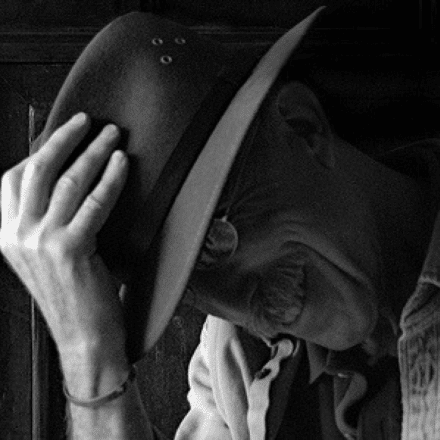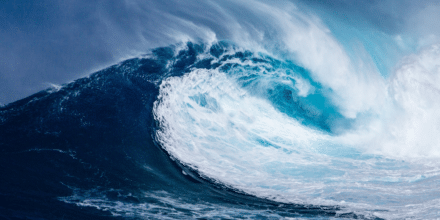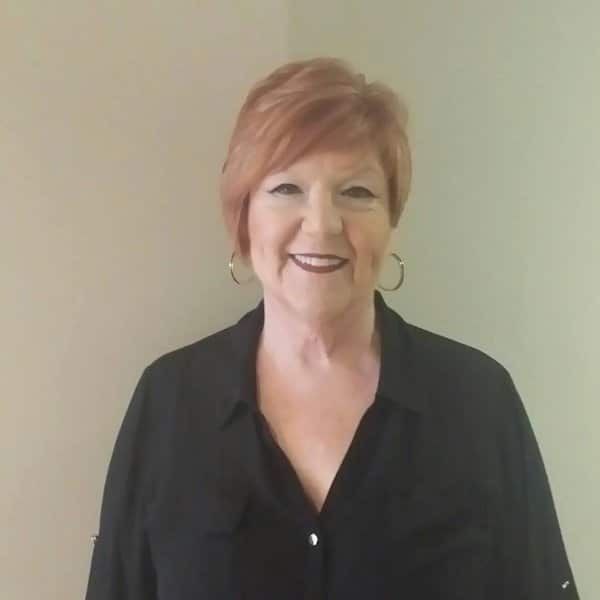 John Math is a marketing expert who owns and operates the Light Space & Time Online Art Gallery, which conducts online art competitions and exhibitions for artists. In this Q&A, he shares his marketing techniques with CHF.
John Math is a marketing expert who owns and operates the Light Space & Time Online Art Gallery, which conducts online art competitions and exhibitions for artists. In this Q&A, he shares his marketing techniques with CHF.
You founded Light Space Time in 2009, with the intention of helping artists market their art. Why offer this specific service to artists?
Within three years of becoming a fine art photographer, I had more than 80 exhibitions and was represented by 12 art galleries and art reps. I made every mistake an artist or marketer could make! I wanted to share my experience, and help artists avoid making the same costly (in both time and money) mistakes that I made. Since I was retiring, I had the time, and the marketing knowledge, to share with other artists.
In 2006, I turned my attention to photography, with the goal of becoming a successful fine art photographer. Within a relatively short period of time, I was entering my work into exhibitions, and selling some of my art. I hired an art consultant, who helped me navigate deeper into the art business. She encouraged me to sell to the corporate art market, which was a whole different direction for me—I had no idea that the corporate art market even existed! There were roughly 30 to 40 corporate art consultants nationally, who I began to target with my work. I had to learn how to approach art consultants without annoying them.
Slowly, this market opened up for me and I began to sell my photography for common areas of condominiums, real estate developments, and office buildings. A casino, clubhouse, and high-end resort bought my work through the corporate art consultants who represented me at this point. I liked this arrangement because the commissions were the same as selling my work through the galleries, but I did not have to print, frame, or ship my photography. The time and expenses involved were minimal. In most cases, I just had to resize images according to the art rep’s specifications and email the file to their office. Done!
I achieved success through marketing my work in a systematic and consistent basis. Success is a culmination of consistent effort but many times, it’s luck—sending a presentation or a reminder at just the right moment for something the art rep needs. That’s why your marketing efforts must be ongoing and consistent. You don’t want them to forget you!
You had a career in marketing, so let’s dive in to that. First: are the marketing rules the same for art, as for any product?
Throughout my life, I saw businesses offering the same services and products, yet one was successful and the other was not. Why was this? The difference is that one business had better branding, marketing, and promotion than the other.
To me, the art business is the same. The artists who can market and brand their art better than other artists will be more successful. To achieve this, an artist’s efforts must be consistent, and target the proper audience.
There are a lot of marketing options available. How does an artist decide on the best tool or plan to promote his or her work?
Any marketing must be directed to where the results can be measured and analyzed. An artist must be willing to experiment: try different mediums, and target different markets at different times. What might work on Facebook may not work on Pinterest or Instagram. It is only by experimenting that an artist can determine what works. And, what works today may not work tomorrow, so the process is ongoing.
For instance, I used to spend a tremendous amount of time posting on various art sites. This changed when I installed Google Analytics on our website and saw the amount of traffic that was coming back from those sites. It was not worth it to post to 100 different sites when nine sites were bringing back 95% of the traffic to my site. I was able to eliminate most of the sites that I was posting to since they were not worth the time and effort!
I found out the same thing in terms of posting ads to other, non-art, sites. I went to Alexa.com and researched websites in order to see how large they were, in terms of traffic and ranking size. I found out that some sites were really very small, especially considering that they were promoting themselves as “advertising specialists” for artists.
At that point, I decided to try Facebook ads. I liked the ability to target your ads to a specific group of people, at a specific location, and with specific interests. I tried several tests (FB provides a lot of help in testing the effectiveness of ads), eliminated the underperforming advertising sites, and placed those budgeted amounts into Facebook ads. I was happy with the results.
An artist (or any marketer) should not worry if they try something and it doesn’t work. Think of that “failure” as market research and try something different—different time, different audience, different medium, etc. Then analyze, and adjust as needed.
When we spoke, you said that one out of twenty artists “really do something” with the interest generated from winning the Light Space Time competition. When it comes to translating interest into sales, give us an example of an artist who really did something with the opportunity.
We have a digital artist from New Zealand who brands herself as a professional artist, art blogger, digital artist, and an advocate for endangered species and ecosystems. She is consistent in her art, her writing, her exhibitions, and how she lives. Her life is her brand and her brand is her life. She is an inspiration to me. All she does in the art world is about what is important to her and how she lives on our planet.
Her marketing and promotion of her works are consistent, timely, and speak to her target audience over and over again. She is a consummate marketer.
You have a piece about writing the perfect artist statement—tell us what makes a powerful statement, and how it fits within the overall brand.
I often tell artists that their artist statement will not help them sell their art, but rather, the statement will help someone who is interested in their art to further understand them, the artist, and why they create their art.
To me, the perfect artist statement is written in plain and understandable language. The statement is concise and explains the “how” and “why” of what the artist creates. Any interesting or unusual techniques used in creating their art can also be discussed, briefly. In the end, the statement should be concise, simple, and easy to read.
You write about the differences between branding and marketing. Is maximum exposure an effective marketing strategy?
Branding supports the artist’s marketing. Everything the artist does in terms of promoting their art reflects on their overall brand. “Maximum exposure” may work to a degree but, to me, is a waste of the artist’s time and money. Why go through all of the time, trouble, and expense when you can target your marketing and promotion precisely to your intended audience? After all, it is your target market (audience) that will make the purchase or refer you to other decision-makers. After determining your target audience, it is easy to identify the mediums that will put you in front of them.
What mistakes do artists make when marketing their work? What do they do well?
All marketing and promotion must be done on a consistent and timely basis in order to be effective. Many artists will try some form of marketing and promotion, only to determine quickly that these efforts are unsuccessful, and stop. Advertising and promotion is a cumulative effort: the audience must see your message many times before it registers with them and they take action. I write more about artists’ discouragement here.
The successful artist employs a marketing and promotions campaign that is ongoing and evolving, just like their art. They do not give up. They analyze their campaign’s effectiveness and results. They make adjustments to their campaign and begin again. Successful artists are always on the lookout for opportunities where they can promote and show their works. Artists’ work continually evolves and changes—their marketing and promotion should as well.







